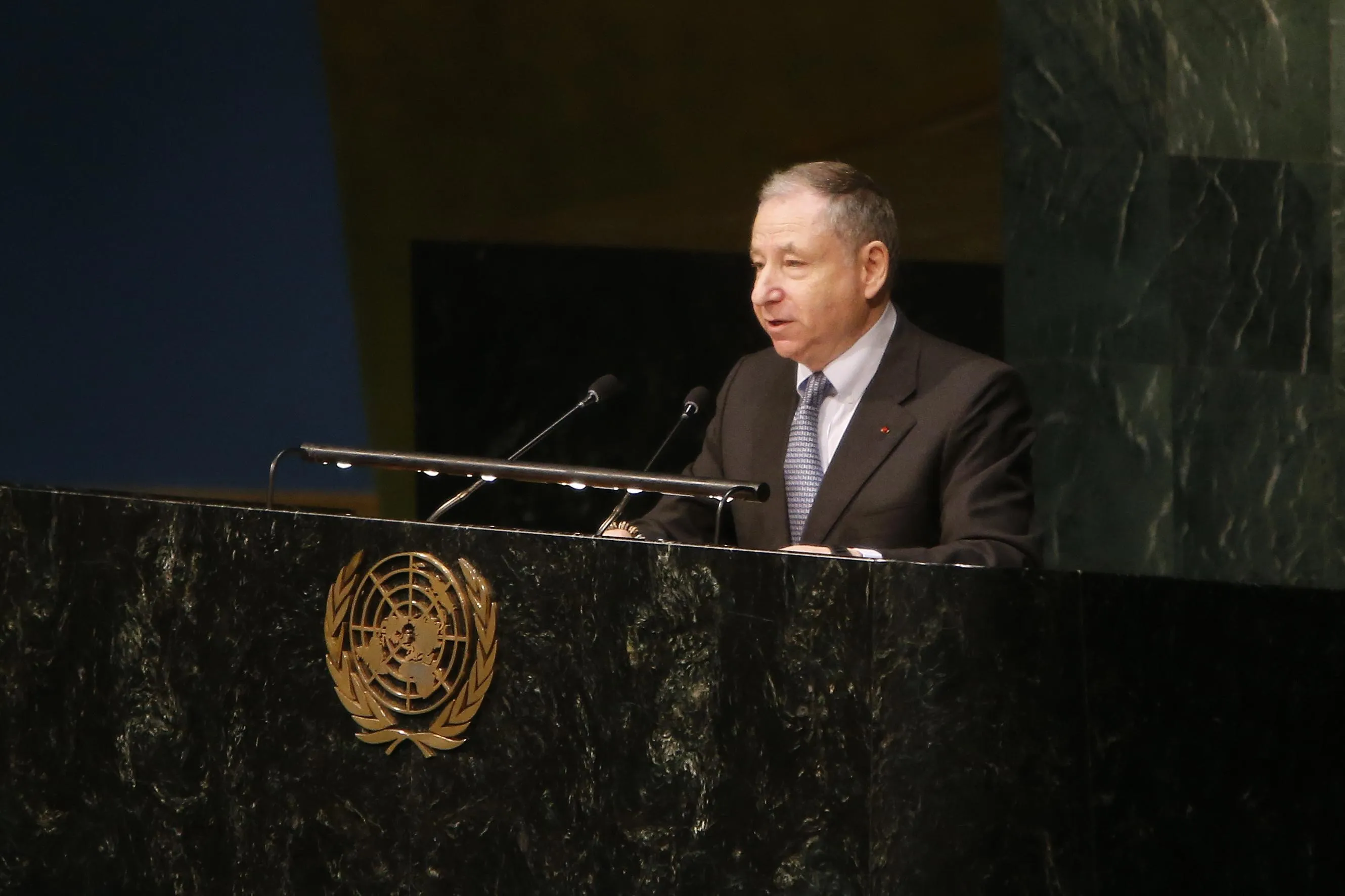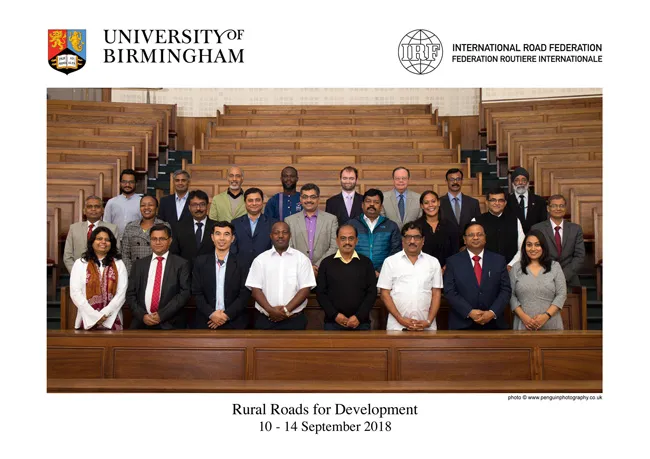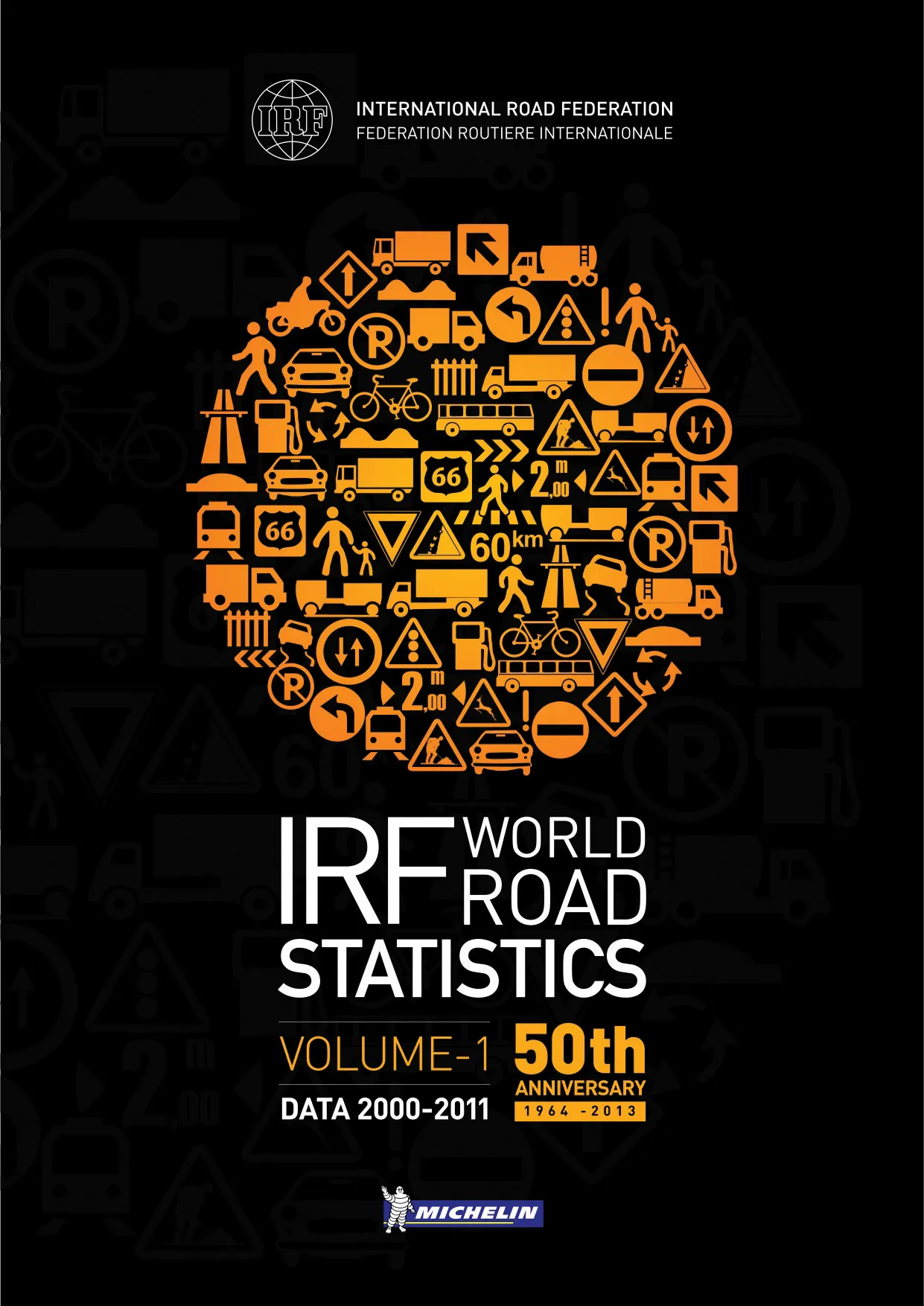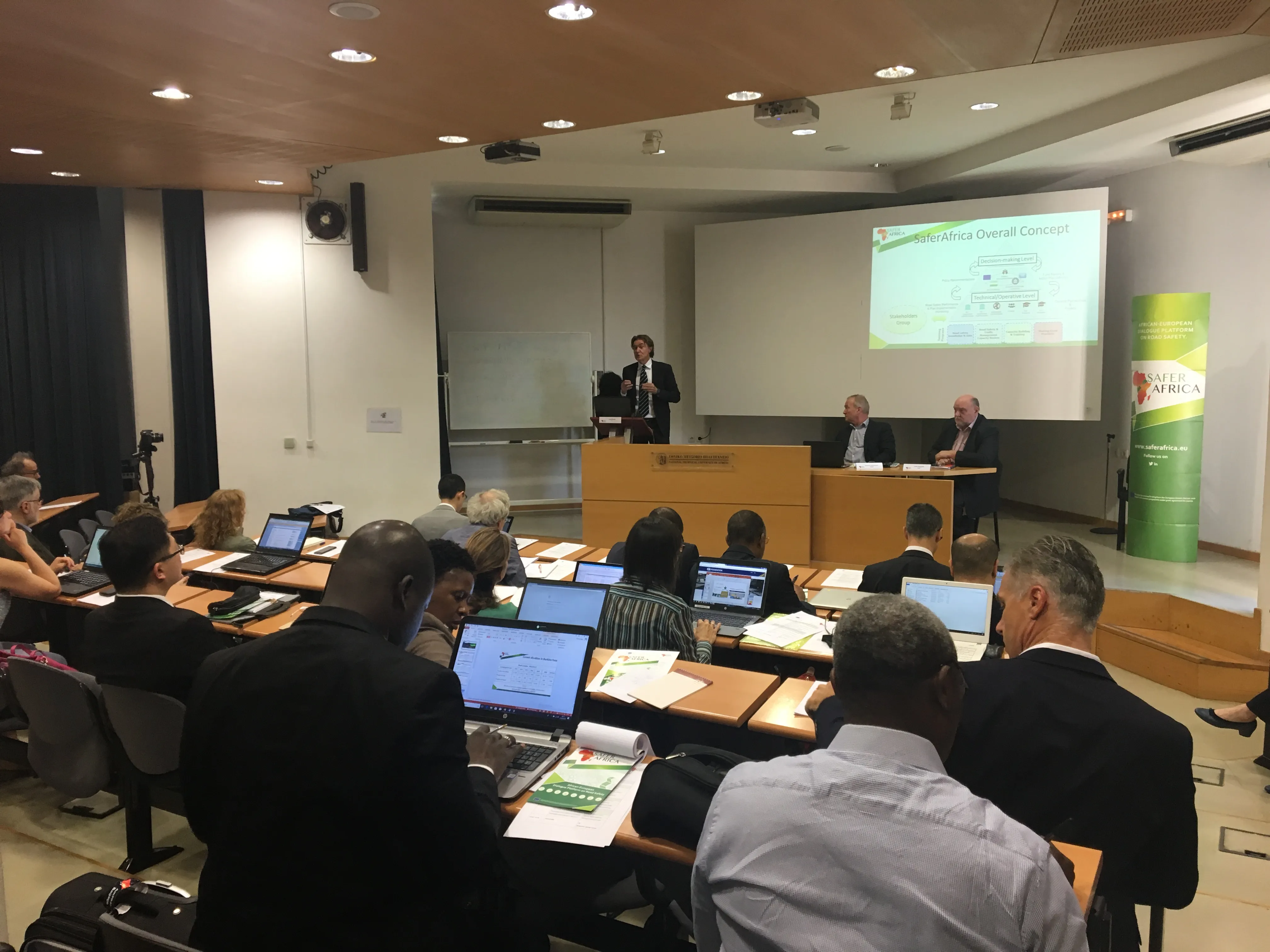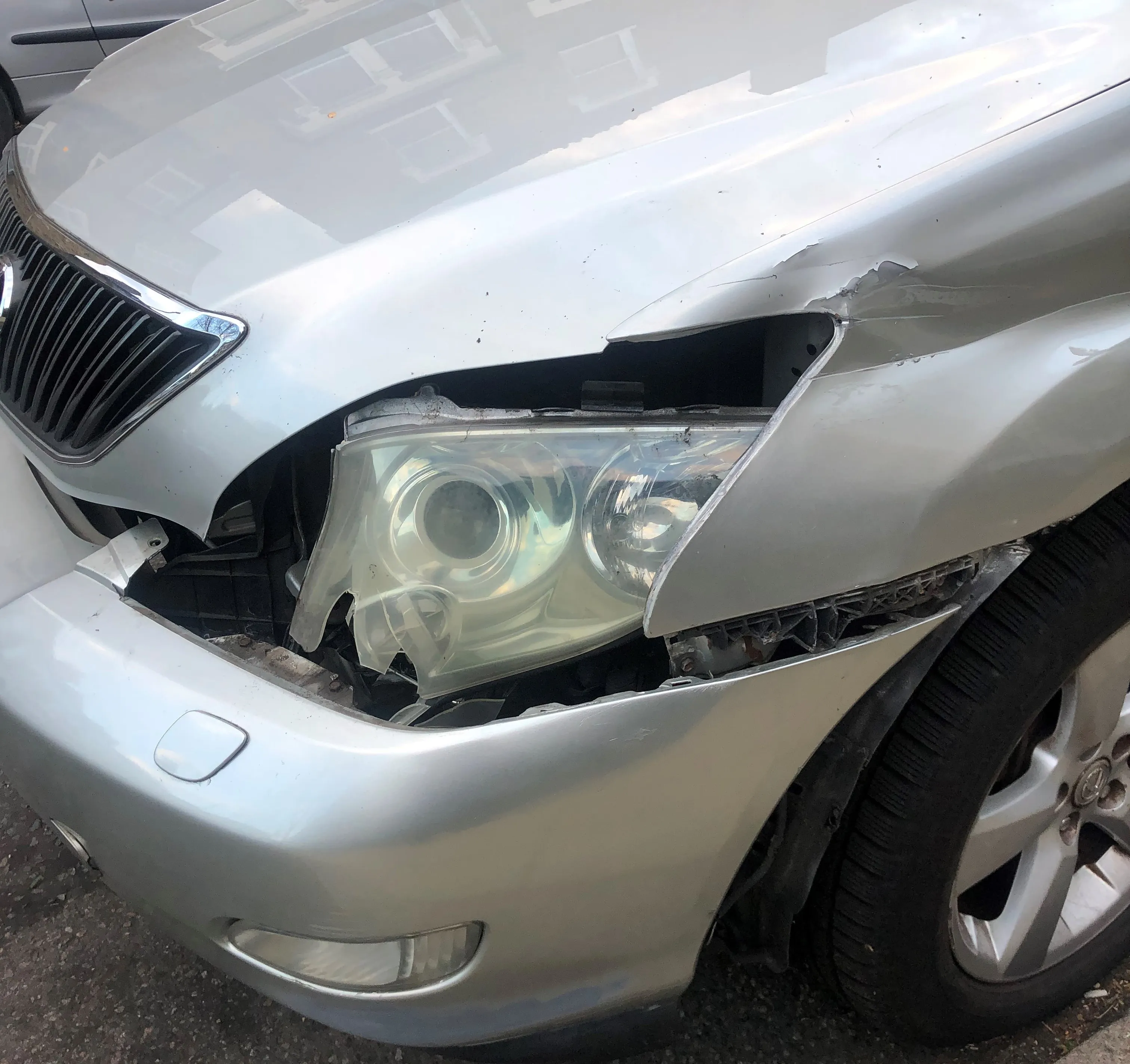
A new approach to road safety is being promoted by the World Bank (WB). This is intended to meet the needs of the new Environmental and Social Framework (ESF), which addresses traffic and road safety under Standard 4, Community Health and Safety. The standard requires that all WB projects avoid or minimise road safety risks and impacts. It applies not just to the communities where the project is being done, but also project workers and road users. Any project with potential road safety implications must develop measures and plans to address these risks.
To help implement this, a powerful new resource, the Road Safety Screening and Appraisal Tool (RSSAT), is now available to WB teams, and will soon be to other development practitioners. The RSSAT complements the Good Practice Note (GPN) with guidance on road safety in investment projects, prepared by the World Bank’s Transport Global Practice and the Global Road Safety Facility (GRSF). With the tool, project teams can evaluate road safety performance based on existing conditions and screen for safety improvement opportunities in road and roadside infrastructure. Using the tool, it is possible to estimate fatality rates under scenarios with and without the project, as well as the associated economic costs. In the following months, RSSAT will be available to governments, development agencies and researchers in general through an interactive web platform.
After successful trials in 2019-2020, use of the RSSAT is now required for all World Bank transport projects, and it is also recommended for other operations that can have road safety impacts, such as urban and agriculture projects. All new World Bank transport projects must:
Estimate the economic cost of road crashes on project roads using RSSAT and include these road crash costs in the economic analysis.
Achieve a RSSAT Project Safety Impact index of 1 or below for all its road segments before approval.
“This new requirement can save thousands of lives each year,” said Guangzhe Chen, global director for the Transport Practice. “Together with the safe system approach, the RSSAT is a powerful tool to incorporate road safety in project preparation, and thus improve the safety of road infrastructure.”
In parallel to the Good Practice Note and RSSAT, the Global Road Safety Facility recently launched the Road Safety Country Profiles, compiling extensive data for most of the world’s countries and regions, and a free Online Training Course.
The World Bank has been a leading advocate and development institution for road safety in low- and middle-income countries for many years, and we are committed to supporting the UN sustainable development goals on road safety.
In 2004, the World Bank and the World Health Organisation jointly published the first global report on road traffic injuries highlighting the disproportionate burden faced by low- and middle-income countries.
In 2006, the Bank established the Global Road Safety Facility, a multi-donor trust fund, to support client countries with funding and technical assistance to address the challenges of road safety management.
In 2008, the Bank made road safety a pillar of its transport sector strategy and adopted the safe system approach. Since then, knowledge generation and funding for road safety activities have continuously increased.
To further strengthen and streamline road safety, in 2014 the Bank put together a group of experts and practitioners dedicated to this agenda. The Road Safety Solutions Area community works to mainstream road safety in Bank operations.


